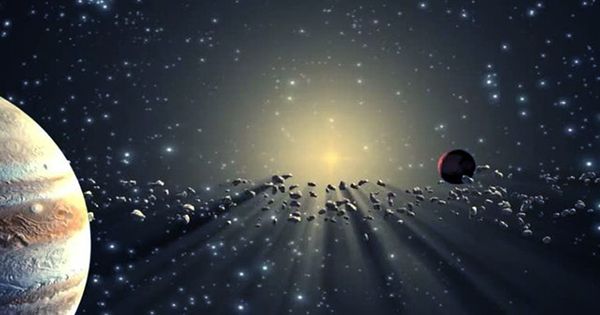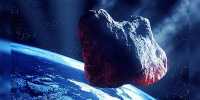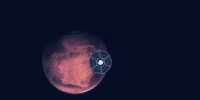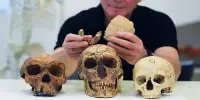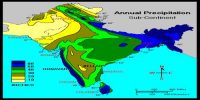Objects hitting Earth could rise in the asteroid belt between Mars or Jupiter or at the outer edge of the solar system. So the dormant space of the dinosaurs was a rock (asteroid) or a “dirty snowball” (comet)? Two controversial astronomers have filed a lawsuit over the possibility of a comet, which could hamper efforts to prevent similar events in the future.
Asteroids often hit the Earth’s atmosphere but can also cause damage at a few local levels. Comets that cross our orbit are still rare. Even more than a few million years later, a hole as large as the Chicxulub in modern Mexico – usually agreed to create by this object after the mass extinction of dinosaurs began 66 million years ago – looks like an oddity in the modern solar system. This surprised astronomers to think that dinosaurs were very, very unfortunate or sometimes raised the possibility of large influences. One hypothesis is that disturbances at the outer edges of the solar system occasionally increase the number of incoming comets and increase the adversity of impact.
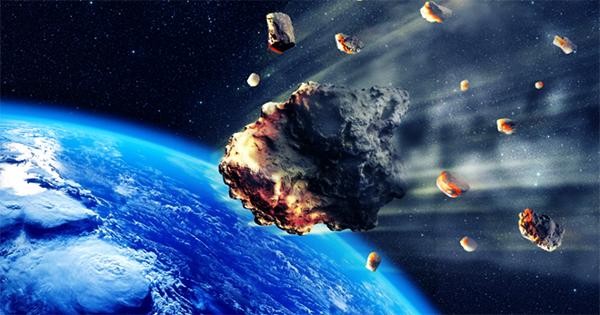
Amir Siraj, a graduate student at Harvard, and Professor Avi Loeb has offered alternative explanations. They argue that comets can often break up as they move closer to the sun, and that the way out by a factor of 10 increases the likelihood of a major impact on Earth. Since comets held together with ice, getting too close to the sun’s heat can melt them considerably, as Atlas did last year, leading to a show of deep despair. Comets are so large that even their fragments can plunge the planet into darkness, are less affected. This seems to reduce the hypothetical breakup hypothesis, but Siraj and Loeb point to alternative mechanisms in a study published in the scientific report.
“In a collected event, part of the comet feels a stronger gravitational pull than the part closest to the sun, causing a tidal wave to come across the object,” Siraj said in a statement. “You can get what are known as tidal break events, so that a large comet becomes much smaller pieces.”
Incorporating modeling into this paper shows that these tidal forces will often be large enough to break comets. Of course, the comet still has to go very close to the Sun for this, but Siraj said it is quite common that “the larger Jupiter’s incoming long-term comets continue to orbit which brings them very close to the Sun,” he said. The paper claims that about 20 percent of comets from the other side of Neptune have become sunspots as a result.
Although it is difficult to confirm the concept so long after this event, the authors have provided evidence that both Chicxulub and Vredefort formed by two carbonaceous chondrites of crotch. These are only 5 percent of meteorites, indicating their rarity in the inner solar system, but are probably more common among long-term comets. The potential orbital threat of the inner solar system, such as Apophis, can be conspired, giving us plenty of time to take action in one form or another. Long-term comets give many warnings, probably a matter of months. If we want to prepare for such threats, we need to be well prepared.
Loeb and Siraj are authors of disturbing scientific papers, but Loeb recently became involved with the first conviction that our first interstellar visitor, Oumuamua, was an alien spacecraft rather than an asteroid or molecule of hydrogen from another planet. The idea makes great headlines and drives many media sites uncontrollably, but many of its counterparts do not believe it. Nevertheless, some of the work of this pair is highly respected and it remains too seen in which category it will fall.
